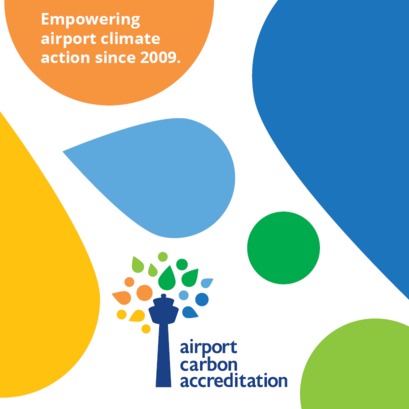
Cargo Monitor: Low Airfreight Capacity Set to Continue as Demand Ramps Up
- 14 Dec 2020
Air cargo capacity is failing to keep pace with demand as economies begin the post-COVID rebuild and it’s a situation that’s set to continue well into the new year.
International cargo capacity at Auckland Airport fell 38% year-on-year in October and is predicted to be down by a similar volume during the traditional peak in November and December.
It’s a bigger fall than both the 28.7% year-on-year international capacity drop for the Asia Pacific region and the 25% shrinkage in global international cargo capacity, according to the October data from the International Air Transport Association (IATA).
“Demand for air cargo is coming back – a trend we see continuing into the fourth quarter. The biggest problem for air cargo is the lack of capacity as much of the passenger fleet remains grounded,” said Alexandre de Juniac, IATA’s Director General and CEO.
With border closures causing international passenger connections to collapse, cargo capacity provided by passenger aircraft has evaporated too, said Scott Tasker, General Manager Aeronautical Commercial at Auckland Airport.
“When the borders closed airlines were quick to step in with cargo-only passenger aircraft services, which became vital this year for bringing in PPE supplies, pharmaceuticals and the technology needed to create a work from home office or schooling during lockdowns. There’s been some real innovations in the aviation sector, but those new services, alongside freighter aircraft, aren’t bridging the cargo capacity gap created by the stalled passenger service market to and from New Zealand,” said Mr Tasker.
“While we won’t see the data for November and December until early in the new year, both our summer export peak combined with Christmas and the big international online shopping events of Singles Day, Black Friday and Cyber Monday drive import and export airfreight demand.”
Typically, 80% of airfreight to and from New Zealand moves in the belly-hold of passenger aircraft. In October last year 28 airlines flew 4,500 scheduled passenger flights to and from Auckland Airport, including 2,230 trans-Tasman flights. This October just 14 airlines operated 472 scheduled passenger services to and from Auckland Airport.
This has reduced belly hold capacity and had a flow on effect into cargo rates, which have increased around 66% year-on-year globally. Before COVID-19, passengers effectively subsidised the freight in the belly-hold, according to the Ministry of Transport.
“Air freight is the only real option for high value, time-critical and many perishable goods. As we look to 2021 and the need to distribute COVID-19 vaccines, global air connectivity will become even more vital,” said Mr Tasker.
Airline scheduling typically begins 12 months ahead of flights operating, with March 2021 a critical month for airlines to outline what international passenger services they plan to operate globally over the next peak summer period from October 2021 to March 2022.
The Government has extended its International Air Freight Capacity (IAFC) Scheme from the original end date of November to secure critical cargo capacity until the end of March 2021.
“The Government support for airlines flying key freight routes has been important for maintaining trade connections and remains crucial until border settings start to allow a sustainable rebuild of the airline, travel and tourism industries. Without a clear understanding of when and how passenger connections will restart, it becomes difficult for airlines to create plans to reinstate international flights with any sort of certainty.”









